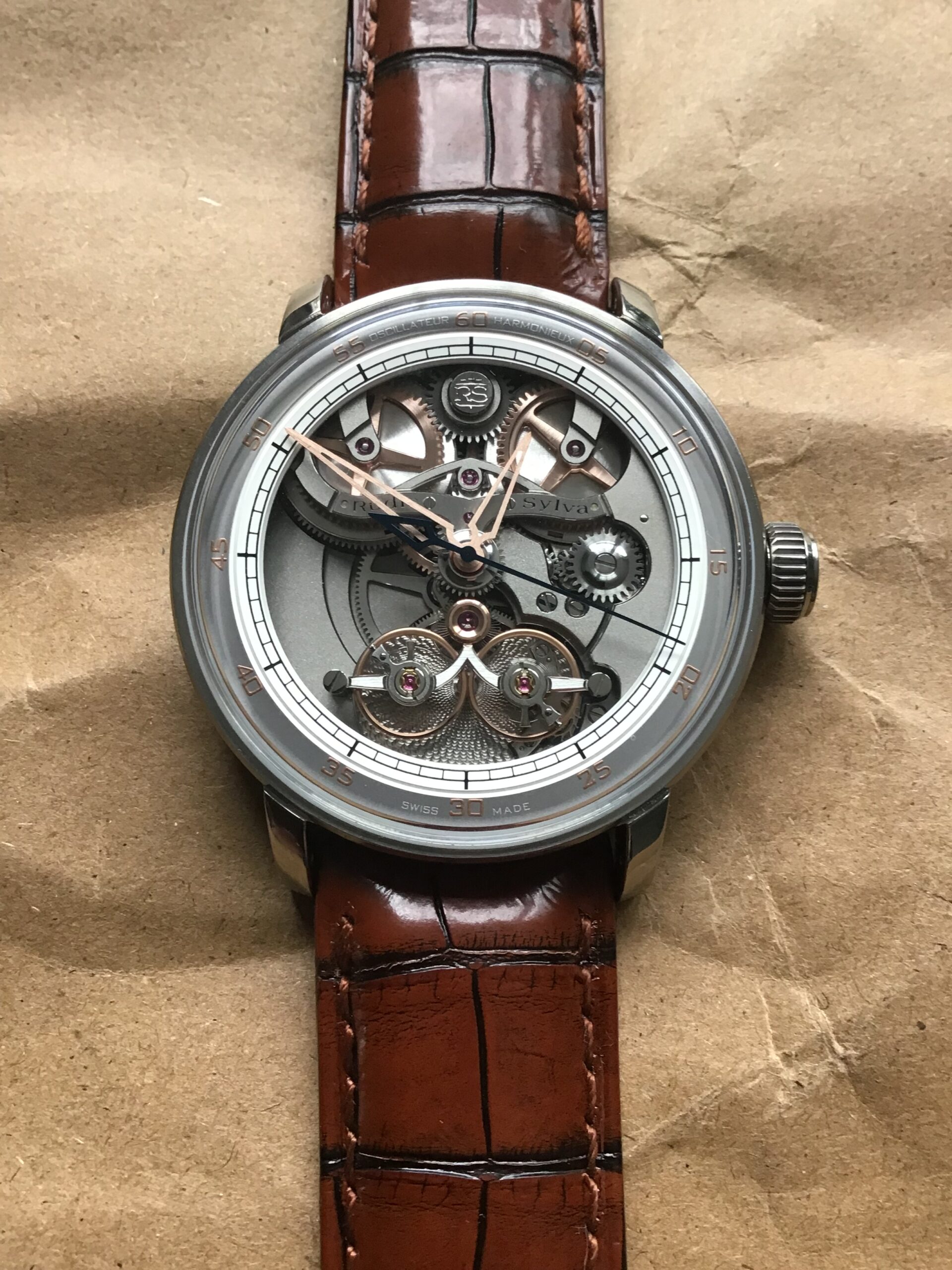
Rudis Sylva
The church of Montfaucon was dedicated to Saint John the Baptist. In 1384, Imier of Ramstein, prince-bishop of Basel, issued a Franchise Charter exempting the inhabitants from all taxes and giving each citizen one hectare of land. This measure encouraged the settlement of new settlers. Imier De Ramstein, Prince-Bishop of Basel was elected in 1382. His bishopric included the Canton of current Jura. Its debt remained huge at that time. Imier made repeated attempts to boost the local economy. In 1384, he published a ery innovative edict: a tax exemption for those who settle 1000 meters above sea level. But in 1384, “Franc montagnard” had to become established. As he often does, man changed his environment and farmer-watchmaker ancestors organized vast slash-and-burn, in order to increase the building and arable surfaces.
That is how a multi-thousand-year-old forest of broad-leaved trees disappeared. The inhabitants of Jura planted coniferous trees which push away much faster in extreme montain conditions.
This choice of essences made them precursors of sustainable forestry exploitation. With a view to preservation, fences were forbidden in “Franches montagnes” by the Bishopric of Basel. That explains the presence of magnificent demarcation low walls in the fields. The era of the farmer-watchmaker had begun. Farming a six month sunny season, toiling to be stocked and sufficient for a long Winter season in Jura, where watchmaking took over daily life.
The Rudis Sylva brand dates back to 1384. With its independent past, the brand has a “complicated” watchmaking history!
The artisans of the region, regardless of whether or not they contributed to the production of this timepiece, are the real founders of the Rudis Sylva concept. The sole objective of the brand managers is to connect history and technology to offer the world a product which showcases the expertise of the region in the best possible light.
Rudis Sylva Watches, movements, born out of mathematical formulae worked out over days and nights, portrayed through the imagination of designers or sculpted in the workshops of watch case makers, decorated by highly dextrous engravers and magnified by the delicate touch of dial face workers, the first watch bore witness to the excellence of these artisans. The complex machine processes applied to certain moving components such as bearings, pivots or plates, for example, only serve to show how talented the mechanics and cutters were too.
Later, the Rudis Sylva watchmaker appears on the scene: calm and serene, he assembles components to create this beating object, a heart to which one forms an instant attachment for fear that it might stop. Listening to the tick-tock, admiring the oscillation of the regulators, caressing this jewel of technology in one’s hand: it all evokes strong emotions for the purist.
Amongst the abundance of fir trees “up here, 1000 metres above sea level”, a multitude of companies have established themselves and are specialising in the watchmaking industry. watchmaking-related businesses are present, such as those involved in bonding glass, honing and fritting – all of which have a positive impact on the regional economy. All these subcontractors have acquired specific expertise which would effectively dash the hopes of anyone thinking about producing a watch alone.
Nowadays, in the Franches-Montagnes region or at La Chaux-de-Fonds or Le Locle, over 80% of jobs advertised in the regional press are linked to the watchmaking industry. Despite the trauma of the job losses in the 1970s, today we can celebrate the reputation that the local population has established in terms of the global exclusivity of its expertise.
Flash forward to HARMONIOUS OCILLIATOR
The Harmonious Oscillator, from Rudis Sylva, features a system with two mechanically interlinked balances driven by a single escapement. This technical innovation goes against watchmaking theories, which have always ruled out stress on the balances.With its innovative technicality, this design can boast a more accurate setting capacity than a conventional tourbillon, thanks in particular to the asymmetric deployment of the balance springs in all positions, hence the name “Harmonious Oscillator”. This world first with two toothed balances exhibits a resonance effect from the first oscillations. Mika Rissanen, a watchmaker specialising in grand complications working for the Rudis Sylva brand, is the brains behind this patented invention.
RS23, the MOVEMENT:
Dimensions: h. 7.78 mm / w. 39.55 mm
Winding: manual, 49 crown revolutions
Power reserve: about 72 hours
Manufacture: made by Rudis Sylva
Technical specification: second stop
Balances: toothed, interlinked, ensuring the same amplitude
Escapement: only 1 with 1 pallet fork positioned at 90 degrees
Frequency: 21’600 vibrations/hour (3 Hz)
Balance-spring symmetry and energy: constantly opposed
Vertical gravity correction: instantaneous eliminating the effect of gravity
Movement Finishes, Haute Horologerie
Bridges: hand-decorated, bevelling, sanding
Gear train: circular graining, diamond-polished corners
Barrel drum: snailed
Rudis Sylva bridge: brushing and bevelling, 1 inward corner
Balance cock over the Oscillator: brushing and bevelling, 1 inward corner
Main plate: sand decorated and bevelled by hand
Oscillator bridge decoration: hand guilloché, flinqué
CASES: 18kRG:88,000 CHF or Titanium : 78,000 CHF(Edition of 8 per)
Width: 44 mm
Height with glass box: 12.9 mm
Case finish: polished and vertical brushed
Inter-horn distance: 23 mm
(link) Monochrome: RS23 Details and Hands-on by Xavier Markl













